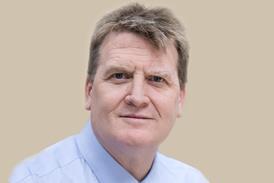Exclusive: 'No way' NHS should ask for extra funding before tackling waste

The surgeon leading the national programme to reduce clinical variation in the NHS says there is “no way” he would ask for extra funding until the service improves efficiency and quality of care.
You need to be a subscriber to read more

Subscribe for unlimited access
With a HSJ subscription you’ll unlock:
- All HSJ news by sector, topic & region
- Breaking News announcements
- App for mobile and offline reading
- Comment and Daily Insights newsletters
- Regional roundup newsletters
- Unrestricted access to ‘Ask HSJ’ - AI assistant - AI assistant
- 10 expert briefings every fortnight (Premium only)
Already a subscriber? Sign into your account here




















